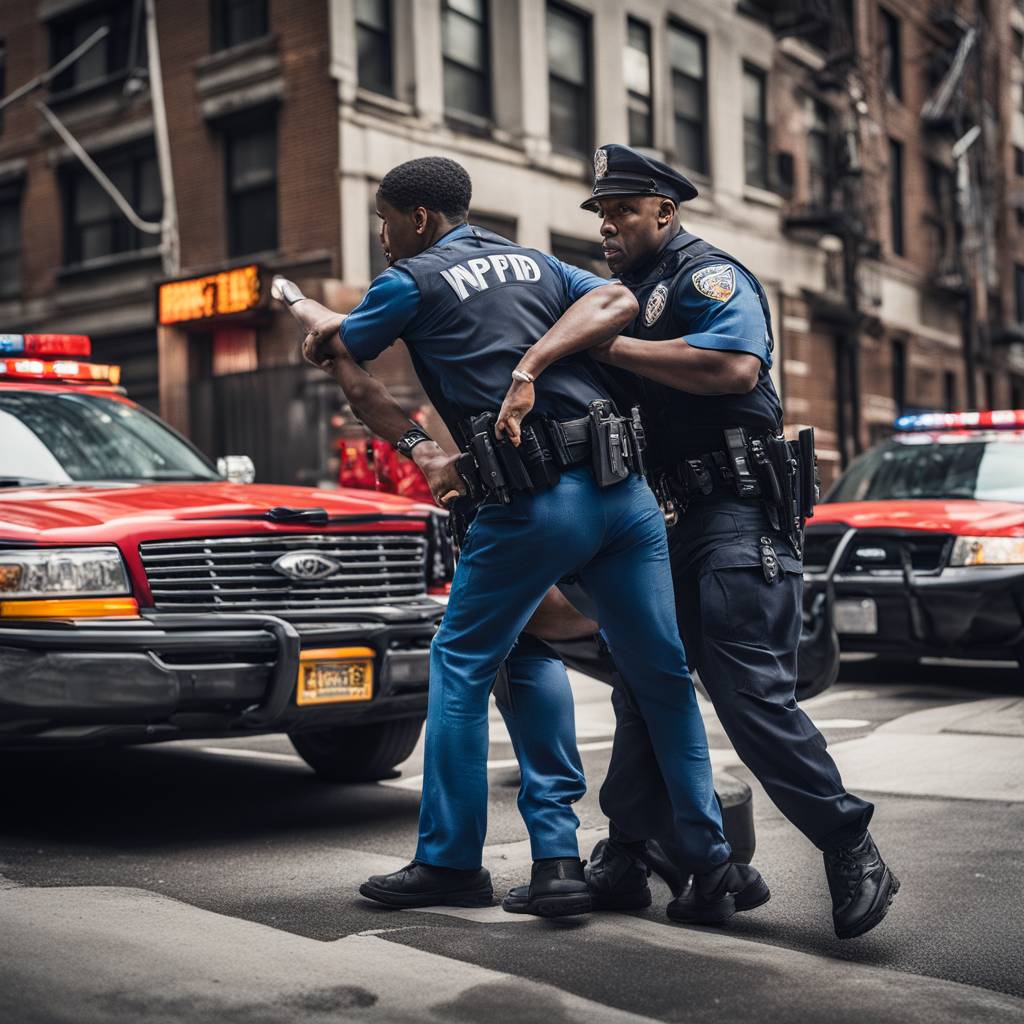New York City has long utilized a two-pronged approach to tackling gun violence, involving both the police and violence interrupters. These interrupters, often former gang members with street credibility, aim to prevent violent escalations by defusing disputes before they lead to gunfire. However, recent tensions between the police and interrupters escalated when two members of Save Our Streets were arrested in February, leading to strained relationships and potential challenges for Mayor Eric Adams’s public safety strategy.
The arrests of the interrupters, Mark Johnson and Dequann Stanley, sparked outrage as they were wrongly handcuffed by the police despite wearing clothing that identified them as outreach workers. These confrontations have led to lawsuits being filed against the city, with claims of false arrests. While some studies indicate that interrupters can effectively reduce crime and gun violence, there is resistance from some rank-and-file officers due to distrust of interrupters’ criminal records, including individuals with serious convictions.
The Police Department has declined to comment on the arrests or their interactions with interrupters, citing pending litigation. However, efforts are being made to repair the relationship between the two sides, with plans for increased funding for violence-interruption programs and training for police and outreach workers to improve partnerships. Despite these tensions, interrupters are unsure why conflicts have escalated, with some attributing it to increased police aggression in the wake of calls for criminal justice reform and movements like “defund the police.”
Conflicts between police and interrupters can arise when interrupters are charged with crimes, leaving officers frustrated when they expect interrupters to share information but perceive them to be interfering with law enforcement. Despite these challenges, the interrupter model has proven to be effective in reducing gun violence in New York City, leading to expanded funding and investments in similar programs in cities across the United States. Interrupters play a crucial role in engaging with victims and perpetrators of violence, defusing conflicts, and brokering truces in neighborhoods plagued by gun violence.
The interrupter concept was formalized in New York in 2014, and has since expanded to over 30 areas of the city. Mayor Adams has announced significant funding for the crisis management system and interrupter groups in his public safety strategy. While interrupters face dangers in their work, such as being targeted during conflicts, the success of the model has been recognized by experts in the field. Despite the challenges faced by interrupters, their commitment to reducing violence in their communities remains strong, as they continue to work towards creating safer neighborhoods and preventing tragedies like the shooting of young Troy Gill.
With tensions between police and interrupters on the rise, efforts are being made to mend relationships and foster better partnerships between the two groups. The valuable work of interrupters is crucial in complementing traditional policing efforts and addressing gun violence in cities across the country. As communities navigate these complex dynamics, collaboration and understanding between police officers and interrupters are essential in achieving the common goal of creating safer neighborhoods and reducing violence.








